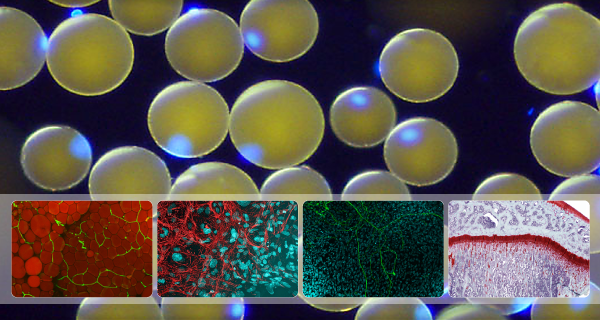- S │
- M │
- L │

Profile of the research
With aging and the increase in lifestyle-related diseases, “arteriosclerosis obliterans” (ASO), a disease in which arteriosclerosis clogs the blood vessels of leg, has been increasing. If ASO becomes severe, leg pain occurs even if one rests quietly in bed, and with disease progression, leg ulcers can form. This state is called “critical limb ischemia (CLI)". The prognosis of CLI is poor, and it is said that 30% of patients suffer major amputation of their lower limbs, and 25% die within one year after onset. Recently, in addition to therapies such as endovascular treatment using catheters and bypass operations, cell therapy for the purpose of creating new blood vessels has been attempted. However, although cell therapy can improve blood flow or relieve pain to some extent, past reports have not provided sufficient evidence of its effectiveness in avoiding lower limb amputation, which is important to prognosis. Further, depending on cell types, the burden on a patient accompanied by sampling becomes greater, or cells which are created from elderly patients or those with chronic diseases such as diabetes do not work. “Dedifferentiated fat (DFAT) cells”, which our research group developed, are multipotent cells created by specially culturing fat cells that are abundant in the human body. Previous research revealed that DFAT cells have a high ability to form blood vessels without being affected by age or underlying diseases of patients. Also, we confirmed that unlike induced pluripotent stem (iPS) cells, DFAT cells can be transplanted safely without tumorigenesis even when they are transplanted in an undifferentiated state. Thus, we thought that we might improve blood flow and avoid lower limb amputation by injecting DFAT cells that we cultured from patients with CLI into the muscle of their lower limb with poor blood flow. This time, with support received from the Japan Agency for Medical Research and Development (AMED), we have planned the world’s first clinical study to verify the safety and efficacy of the cell therapy using DFAT cells for CLI.

What is DFAT cell?
DFAT cells are multipotent cells that are artificially created by culturing balloon-shaped fat cells containing plenty of oil droplets by the use of a special method called “ceiling culture”. The research group of Nihon University originally developed these cells and named them DFAT cells. DFAT cells have a characteristic similar to mesenchymal stem cells (MSC), which exist at an extremely low level in fatty tissue, and have the ability to differentiate into bone, cartilage, fat, blood vessels and cardiac muscle, and other tissues. In addition, with the action of humoral factors secreted from the cells, DFAT cells show effects such as improving blood flow and early curing of wounds by forming new blood vessels. As cells for use in cell therapy, DFAT cells are characterized by the ability to produce cells that show the stable effect of treatment from approximately 1g of fatty tissue, without being influenced by the age and underlying diseases of patients. Accordingly, as compared with previous cell therapy that uses stem cells, there are fewer burdens on patients, and it is expected that this simple and highly useful form of cell therapy will be practical.






